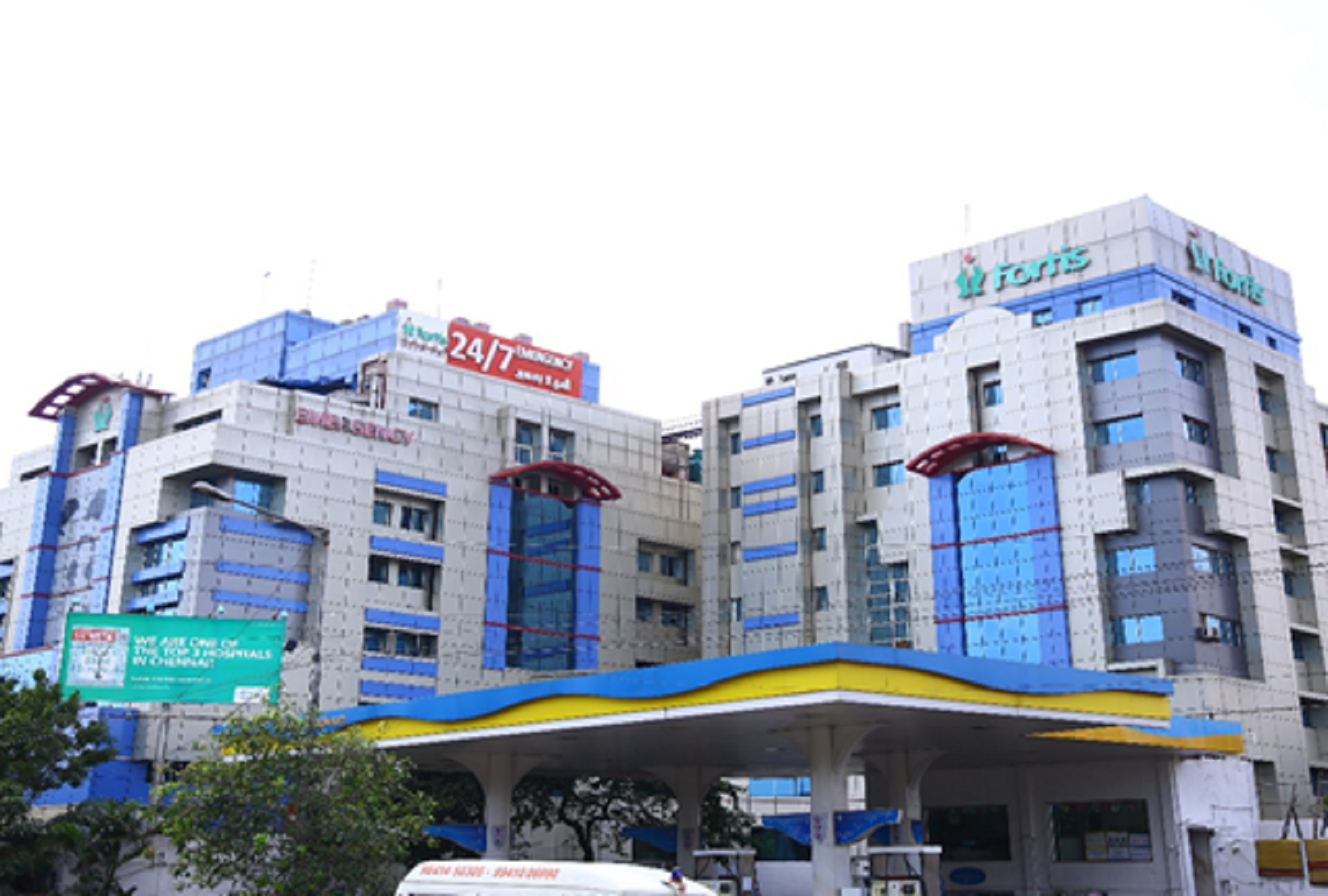Myomectomy at best of Hospitals and Wellness centres in United Arab Emirates, India, Kenya, New Zealand, Rwanda, Turkey, France, Tunisia, Iran, and Thailand
Displaying 25 - 30 out of 70 Hospitals and Wellness centres
Overview on Myomectomy
This is the surgical removal of uterine fibroids especially symptomatic ones. The procedure aims to conserve the uterus for possible future deliveries.
Filter by Procedure
- Gynecology
-
Cervical Polyp Removal (73)
-
Endometrial Ablation (60)
-
Gynecologic Laparoscopy (80)
-
Antenatal Care (ANC) (59)
-
Bartholin's Cyst Treatment (56)
-
Cervical Cautery (55)
-
Amniocentesis (51)
-
Breast Biopsy (69)
-
Cervical Cerclage (58)
-
Cervical Biopsy (68)
-
Pelvic Adhesiolysis (53)
-
Breast Exam (64)
-
Myomectomy (72)
-
Ectopic Pregnancy Surgery (61)
-
Hysterectomy (79)
-
Microdochectomy (56)
-
Uterine Artery Embolization (UAE) (63)
-
Hysteroscopy (74)
-
Laparoscopic Myomectomy (66)
-
Abdominal Myomectomy (70)
-
Hysteroscopic Myomectomy (75)
-
Ovarian Cyst Removal (59)
-
Laparoscopic Hysterectomy (53)
Fortis Malar Hospital, Chennai
Fortis Malar Hospital, No. 52, 1st Main Road, Gandhi Nagar, Adyar, Chennai 600 020
Brief about Hospital
- More than 160 consultants and 650 employees to manage over 11,000 in-patients
- Performed India’s Youngest Paediatric Heart Transplant
- 180 beds including about 60 ICU beds, 4 Operation theaters, state-of-the-art digital flat panel Cath lab, an ultra-modern dialysis unit besides a host of other world-class facilities
Max Super Specialty Hospital, Vaishali, Ghaziabad
Max Super Speciality Hospital W-3, Near Radisson Blu Hotel, Sector 1, Vaishali 201012 Ghaziabad , UP
Brief about Hospital
- 350+ bedded hospital
- Accredited by National Accreditation Board for Hospitals and Healthcare Providers (NABH) and NABL.
Jaypee Hospital, Noida
Jaypee Hospital Road, Goberdhanpur, Sector 128, Noida, Uttar Pradesh 201304
Brief about Hospital
- 1200 bedded tertiary care multi-speciality facility.
- 525 beds.
- Sprawling twenty-five acre campus
Aster MIMS Hospital, Calicut, Kerala
Mini Bypass Rd, Govindapuram, Kozhikode, Kerala 673016
Brief about Hospital
- NABH accredited hospital for three consecutive terms.
- 673-bedded multi specility care center delivering an entire range of preventive, acute and outpatient services.
- Fully enhanced Cochlear Implant Clinic, traced as one of the pioneer centre for cochlear implantation in Kerala.
Kerala Institute of Medical Sciences (KIMS), Trivandrum, Kerala
P.B.No.1, Anayara P.O, Trivandrum – 695029, Kerala, India
Brief about Hospital
- KIMS International Patient Relations Department offers its patients from overseas world-class treatment, personalised attention and a comfortable stay.
- Air-conditioned deluxe rooms and suites with telephone, television and internet are available to the guests.
- The key quality parameters that are regularly monitored at KIMS include antibiotic prophylaxis for elective surgeries, infection control statistics on SSI, BSI, UTI, VAP etc.
- State of the art infrastructure
More about Myomectomy
Overview
Myomectomy is a surgical procedure to remove uterine fibroids — also called leiomyomas. These common noncancerous growths appear in the uterus. Uterine fibroids usually develop during childbearing years, but they can occur at any age.
The surgeon's goal during myomectomy is to take out symptom-causing fibroids and reconstruct the uterus. Unlike a hysterectomy, which removes your entire uterus, a myomectomy removes only the fibroids and leaves your uterus.
Women who undergo myomectomy report improvement in fibroid symptoms, including decreased heavy menstrual bleeding and pelvic pressure.
Why it's done
Your doctor might recommend myomectomy for fibroids causing symptoms that are troublesome or interfere with your normal activities. If you need surgery, reasons to choose a myomectomy instead of a hysterectomy for uterine fibroids include:
- You plan to bear children
- Your doctor suspects uterine fibroids might be interfering with your fertility
- You want to keep your uterus
Operation procedure
In most cases, the surgeon performs a dilatation and curettage (D&C) to check for irregularities in the inner surface of the uterus. The kind of myomectomy performed depends on the type, size, number and location of the fibroids, but can include:
Abdominal myomectomy - the uterus is accessed via one large incision through the abdomen. Usually, a horizontal cut just on the bikini line is performed; in some cases, the incision may need to be made vertically in the midline of your abdomen. The uterus is cut, sometimes with a laser (which closes off blood vessels and reduces bleeding). The fibroids are then removed and the uterus, abdominal wall and skin are closed with sutures. This type of myomectomy is preferred for multiple or deeply rooted fibroids.
Laparoscopic myomectomy - Subserosal fibroids can often be removed via laparoscopic myomectomy. The surgeon makes a number of small incisions, which allow different instruments access to the uterus. Among these instruments is the laparoscope, which contains fibre-optic camera heads or surgical heads (or both). The fibroids are removed, and the small wounds sutured (sewn) closed.
Hysteroscopic myomectomy - the fibroids are removed via the dilated cervix, so no abdominal incisions are needed. The instrument is called a resectoscope, which is a hysteroscope fitted with a wire loop. The instrument is inserted through the cervix, and the wire loop slung over the fibroid. Electrical energy passes through the loop, which cuts the fibroid loose. The fibroid can then be removed through the vagina.
Recovery times for each procedure are:
Abdominal myomectomy: four to six weeks
Laparoscopic myomectomy: two to four weeks
Hysteroscopic myomectomy: two to three days




